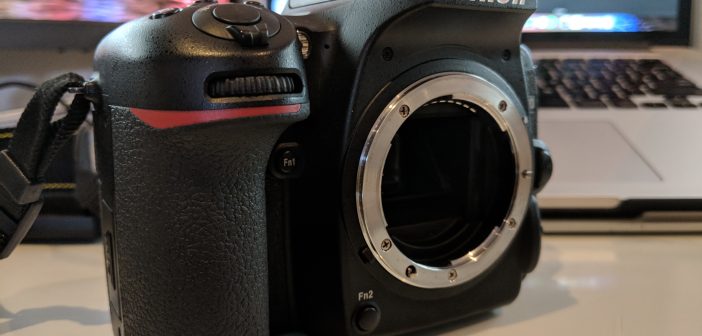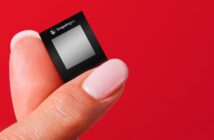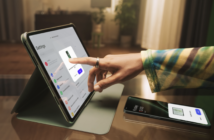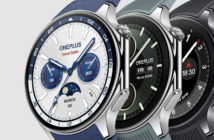The D7500 is one of the best mid-range APS-C DSLRs out there and it can even compete on so many levels with some of the popular Full Frame cameras too. Depending on the reason why you’re looking to invest in a DSLR, you will want to choose the one that will aid you in taking the best you can every time. After spending over 4 weeks with the D7500, I found myself experimenting with the kind of photos I’ve been taking as it’s very versatile.
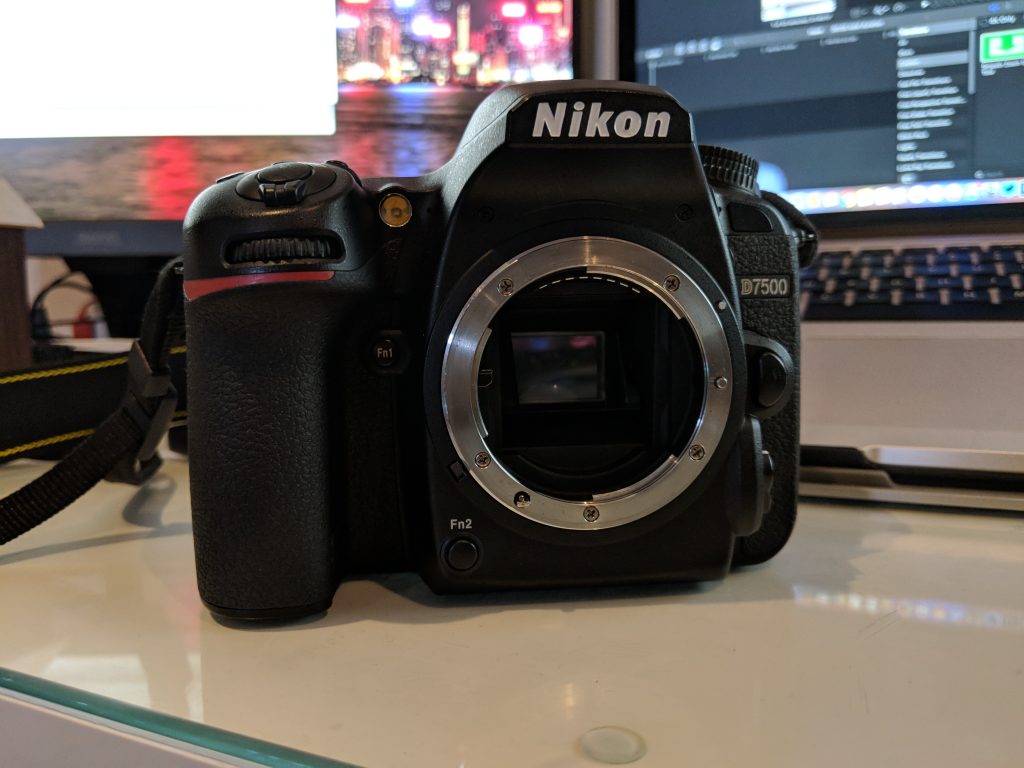
Right off the bat, the D7500 is packing some serious specs and while I haven’t used the D7200 which a lot of people tend to compare it to, it gives me a fresh perspective, almost from a first time user’s perspective. With a 20.9MP APS-C CMOS sensor, a 3.2-inch tilt-angle 922,000 dots touchscreen, and 4K video capture, it’s definitely up to date and would stand the test of time. I’ve replaced cameras in the past because it was lacking something and I wouldn’t consider the D7500 as one that I would want to replace anytime soon, there’s even an HDMI out with mic and audio output also for audio level monitoring.
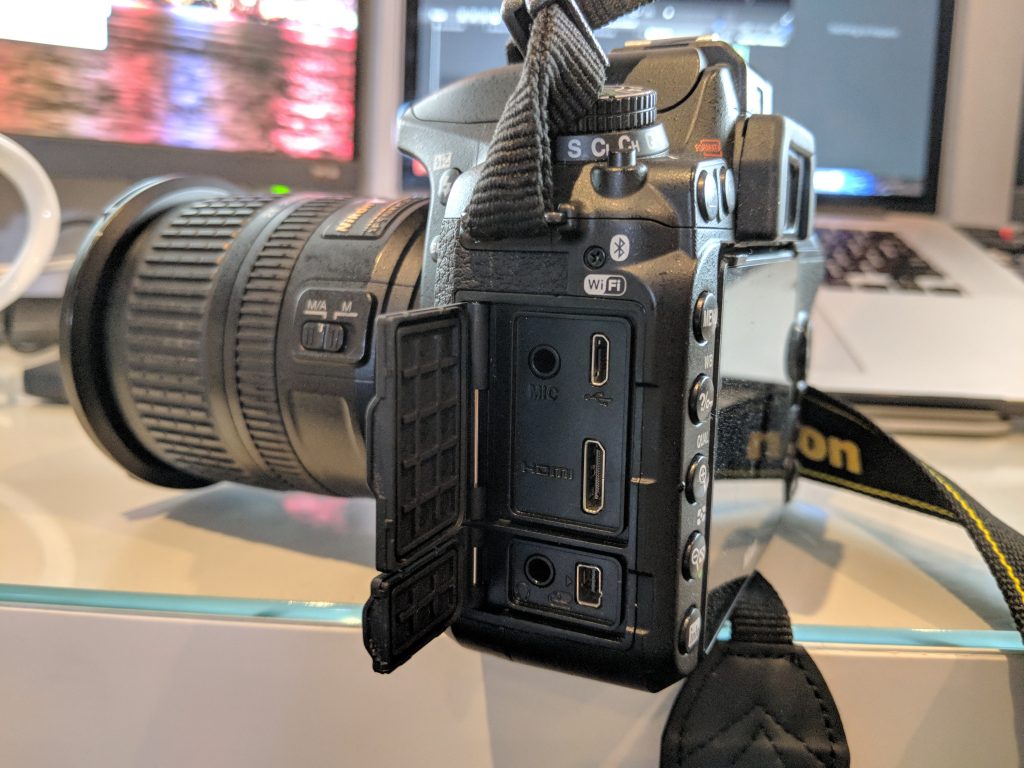
Nikon D7500 Review
One of my main concerns with DSLRs or cameras, in general, is how good it would be in low-light, considering I live in a country where it gets dark by 4 PM around this time of the year. The D7500’s offers a light sensitivity range of 100-51,200 as standard and a whole extra 16-stop up to a staggering ISO1,640,000. That is a lot, although I wouldn’t use it at that level, either way, it’s still something that performs well in low-light. As well as the touchscreen which can be used to focus by tapping too, you also get an optical viewfinder with good brightness and it looks realistic.
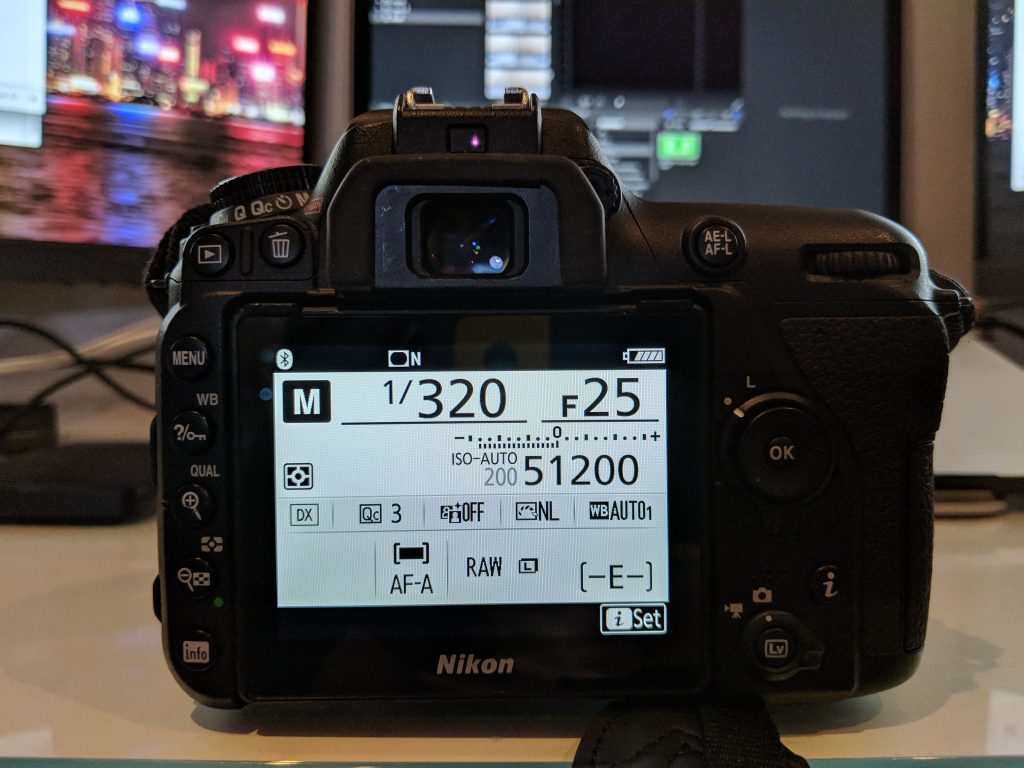
As mentioned before, 4K seems to be the new thing as most platforms where you’d share your content now support it, from YouTube to Facebook and more. You can capture 4K UHD (3840 x 2160) content at 30, 25 and 24p for up to 29 minutes and 59 seconds and standard FHD footage at up to 60p. During my time with the D7500, it worked well for video capture, however, I still wouldn’t use it as my go-to for videos. Image capture, on the other hand, it performs really well.
The D7500’s display is not fully articulating, meaning if you’re like me recording yourself for a YouTube video, you won’t be able to see yourself at the same time, however, it does support simultaneous 4K UHD output, so you can record to card, and also have an uncompressed version via HDMI.
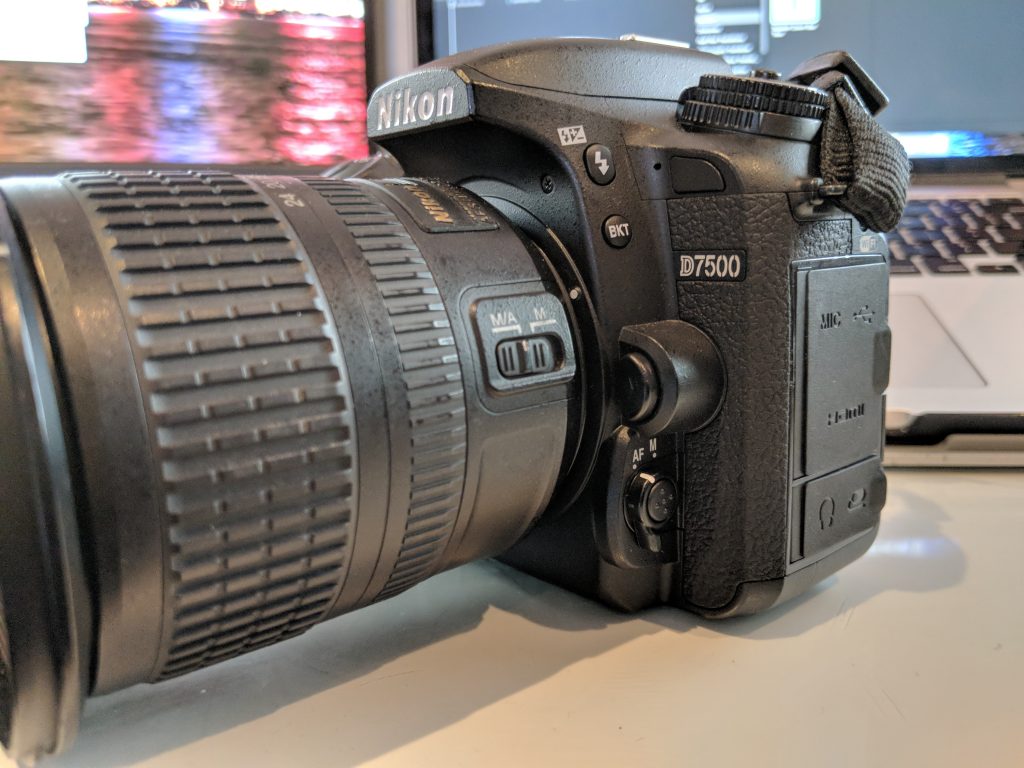
Nikon D7500 Review
Elsewhere on design, don’t be fooled by the D7500’s chunky or bulky looks when compared to what the Sony A72II looks like, the D7500 weighs about 640g – obviously this will change depending on the lens you have on – and it’s actually 5% lighter than the D7200 if you’re familiar with it. With a single monocoque construction, it feels super sturdy in hand and it almost makes you feel confident to start snapping away, and with a comprehensive weather sealing, it’s ready for sports and outdoor photography. I also like the soft-textured coatings especially on the grip as it makes it feel comfortable to hold as well as add extra safety when holding it. Speaking of cards, the D7500 only features a single SD card slot
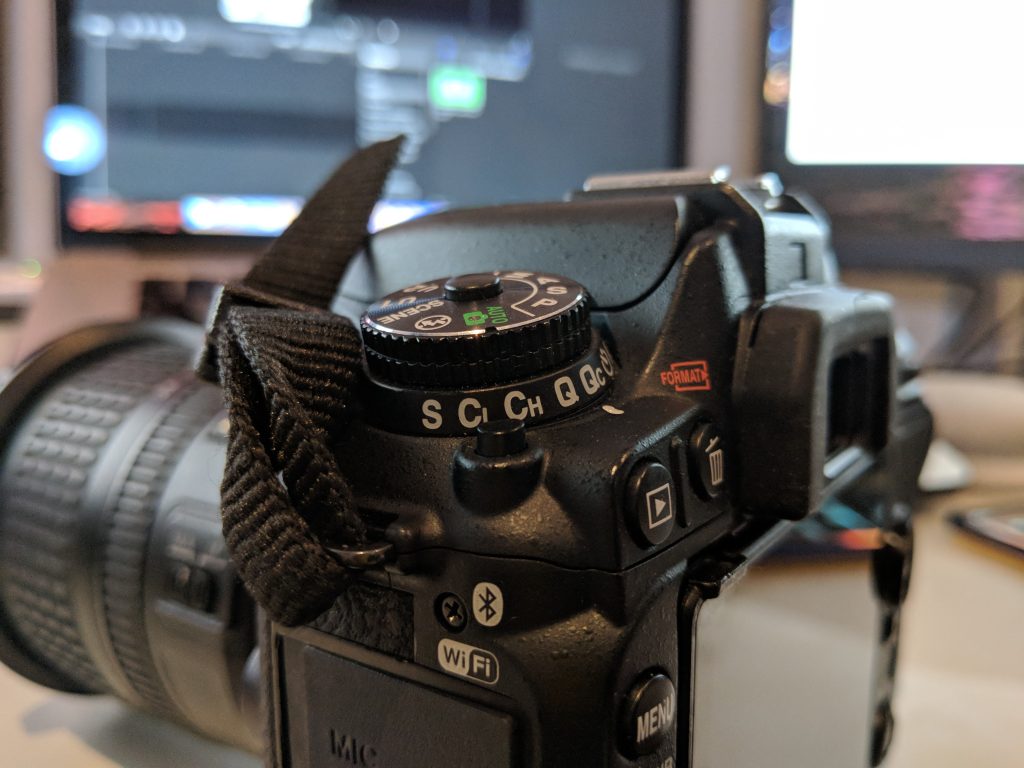
Nikon D7500 Review
D7500 sports Nikon’s SnapBridge technology, enabling the camera to stay permanently linked to a smart device over a low-power Bluetooth connection (or via Wi-Fi). This means that after the initial connection has been made images can be transferred automatically to your phone whenever you shoot.
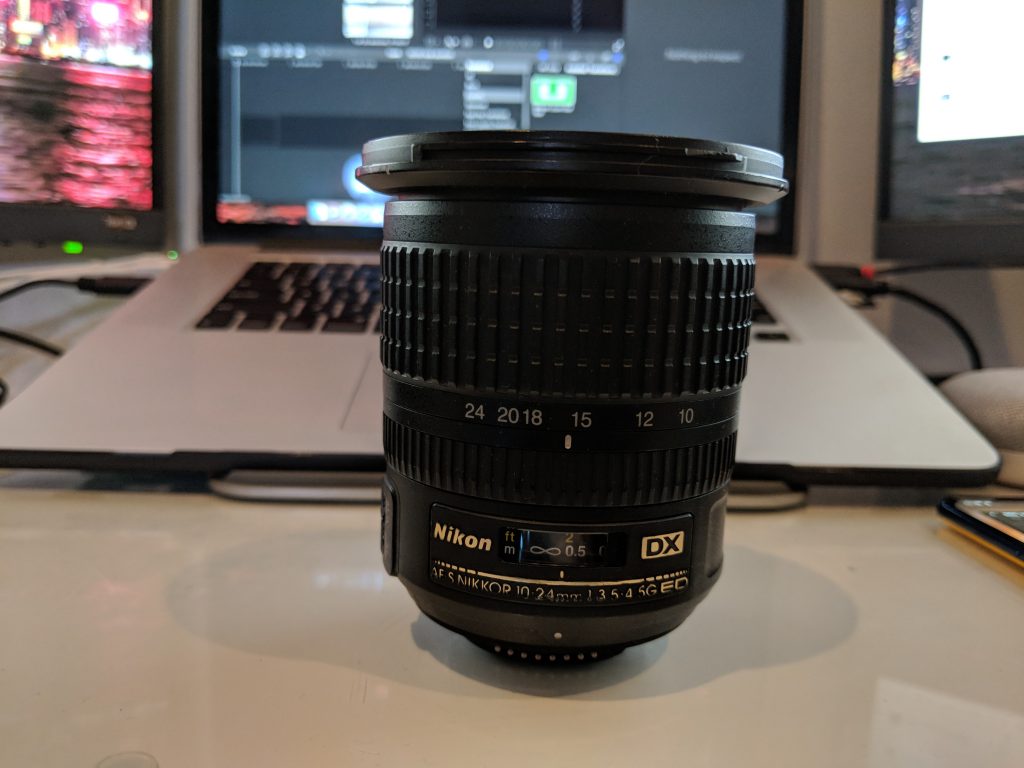
Nikon D7500 Review
When it comes to its autofocus capabilities, the D7500 is one of the best I’ve used, with 51-point AF, 15 cross-type AF points
Group-Area AF and Auto AF Fine Tune, it’s hard to get it wrong or get blurry images. Group-Area AF mode ensures an accurate subject detection and tracking, whilst constantly monitoring five different AF fields, you get sharp images even when you don’t think you have from the first glance at your pictures.
Taking the D7500 to shoot the NFL in London was a pleasure too, thanks to its 8fps burst shooting and combined with a 950-shot battery life, the only hindrance for me was my memory card size, and with a new EXPEED 5 image processor, the D7500 can shoot a burst of 50 raw files before the buffer needs to clear.
Take a look at some of the pictures I took with the D7500, you will notice accurate colours, sharp images, and even when the weather was very moody, you still get a nice dynamic range. More on GadgtsBoy Instagram page:
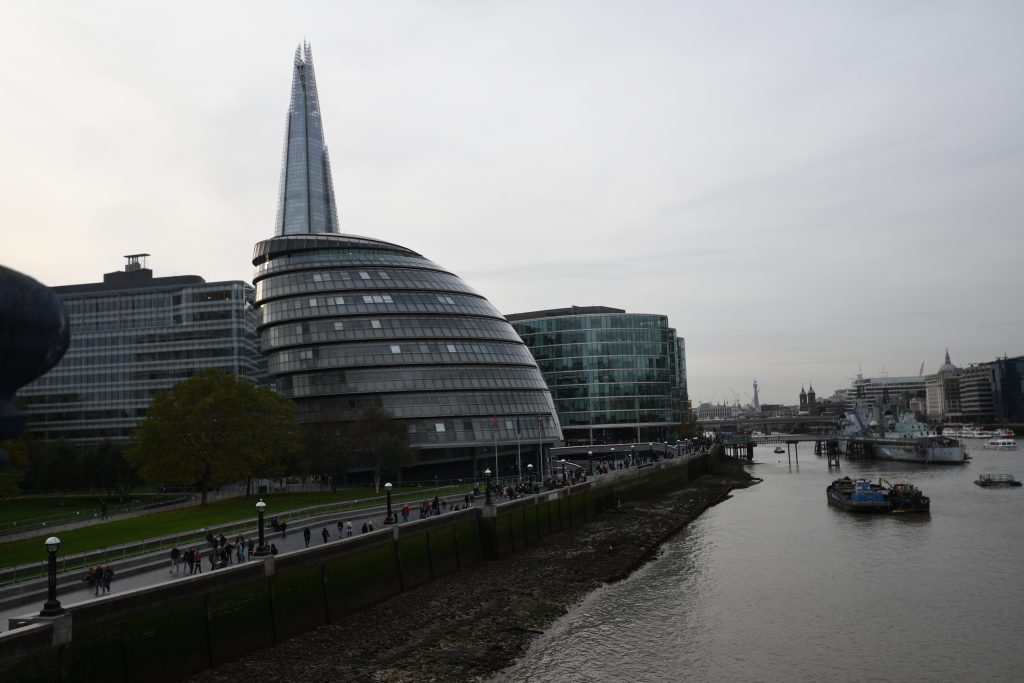
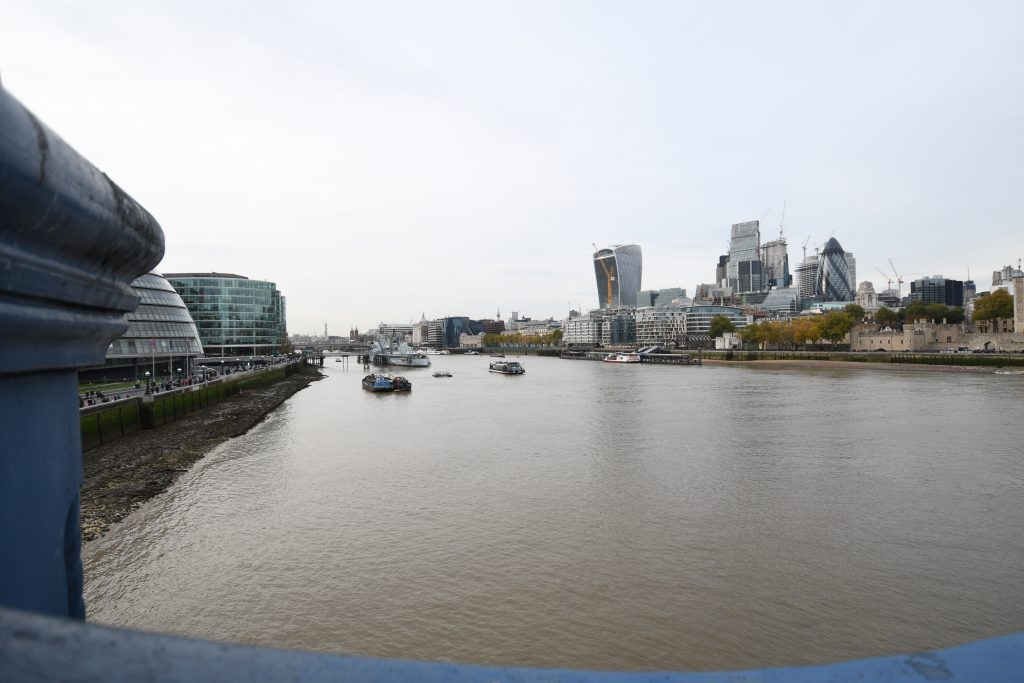
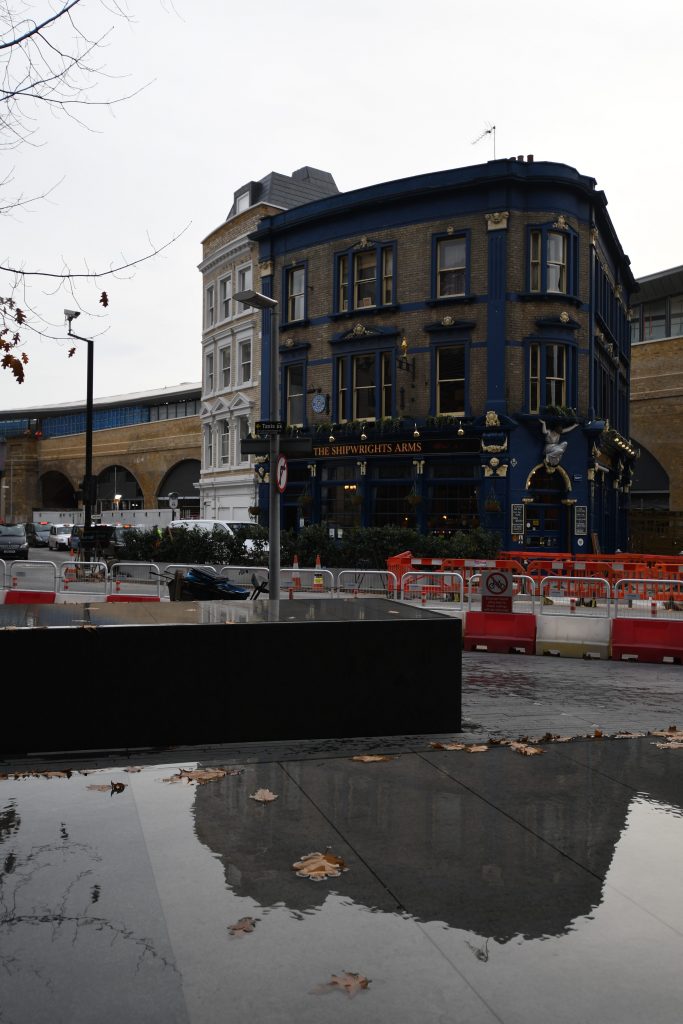
Overall the D7500 is packed full of great features that ensure you don’t have to work hard to get the best pictures you can get; whether you’re a casual photographer or you’re looking to step up your photography game, there’s no doubt the D7500 is one of the most versatile DSLRs I’ve ever used and it will be missed when sent back to Nikon. If I have anything bad to say about it, it would be that its controls take a little bit of getting used to and that’s because I’m used to my Sony and Canon camera controls. The D7500 is durable, feels great to use in hand and while it’s not the best for filming like the A7S2, it’s still capable of making great movies.

